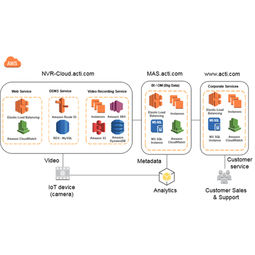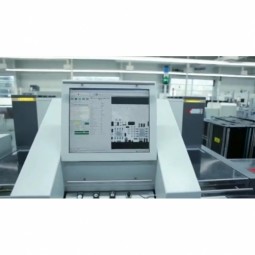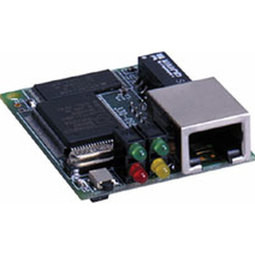Overview
 |
Process Control & Optimization |
Applicable Industries
Applicable Functions
Case Studies
Market Size
|
The advanced process control market is estimated to reach USD 1.4 billion by 2020; growing at a CAGR of 11.79% from 2014 to 2020. Source: Markets and Markets |
Business Viewpoint
|
Cost Reduction: Process control and optimization help businesses reduce operational costs by minimizing energy consumption, raw material usage, and waste generation. By optimizing process parameters and resource utilization, businesses can achieve significant cost savings. Improved Quality: By implementing advanced control algorithms and real-time monitoring systems, businesses can ensure consistent product quality and reduce defects. This enhances customer satisfaction, reduces rework, and improves overall competitiveness in the market. |
Stakeholder Viewpoint
|
Cost Reduction: Process control and optimization help businesses reduce operational costs by minimizing energy consumption, raw material usage, and waste generation. By optimizing process parameters and resource utilization, businesses can achieve significant cost savings. Improved Quality: By implementing advanced control algorithms and real-time monitoring systems, businesses can ensure consistent product quality and reduce defects. This enhances customer satisfaction, reduces rework, and improves overall competitiveness in the market. |
Technology Viewpoint
|
Automation Technologies: Automation technologies, including advanced control algorithms, model predictive control (MPC), and adaptive control techniques, are used to optimize process performance and maintain desired operating conditions in real-time. IoT and Edge Computing: IoT devices and edge computing platforms are deployed to collect and process data at the source, enabling real-time decision-making and control. Edge analytics algorithms analyze data locally, reducing latency and improving responsiveness in industrial processes. |
Data Viewpoint
|
Process Data: Process data, including temperature, pressure, flow rates, and other variables, are continuously monitored and analyzed to assess process performance and identify areas for improvement. Real-time data analytics enable businesses to detect deviations from desired operating conditions and take corrective actions promptly. Historical Data: Historical data on process parameters, equipment maintenance, and production outcomes are analyzed to identify patterns, trends, and opportunities for optimization. Machine learning algorithms and predictive analytics techniques are used to forecast future process behavior and optimize control strategies accordingly. |
Deployment Challenges
|
Sensor Integration: Sensors are deployed to collect real-time data on process variables, equipment performance, and environmental conditions. These sensors are connected to control systems and data analytics platforms, enabling continuous monitoring and control of industrial processes. Control System Implementation: Control systems, such as distributed control systems (DCS), programmable logic controllers (PLC), and supervisory control and data acquisition (SCADA) systems, are implemented to regulate process parameters, execute control algorithms, and ensure safe and efficient operation of industrial processes. |





